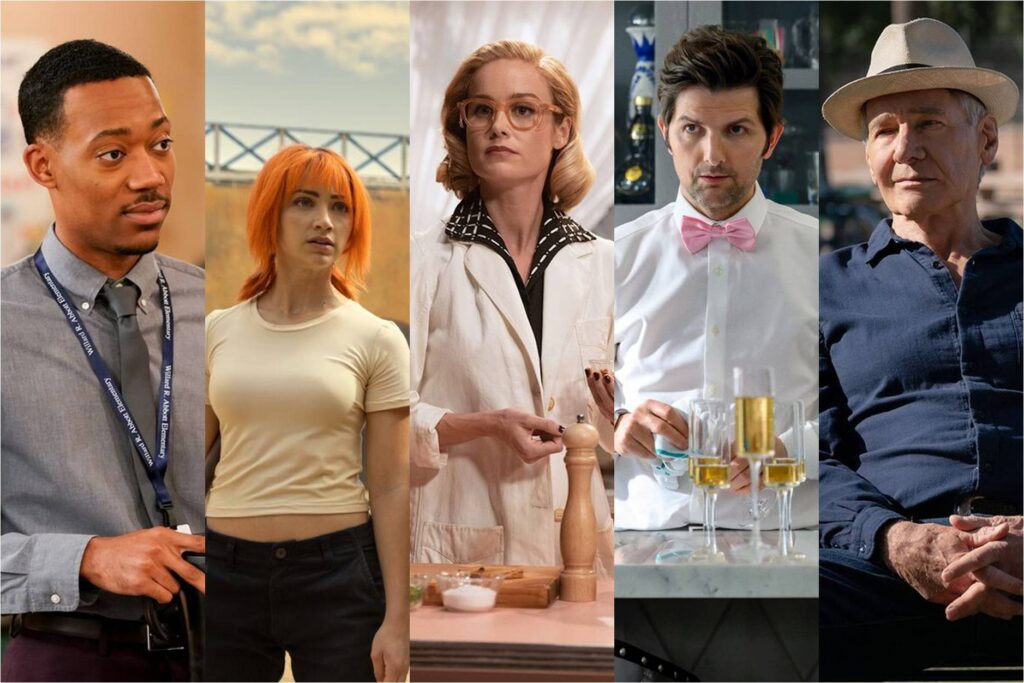Ranking Every TV Show of 2023: #s 30-21

We’re continuing to rank every TV show we watched in 2023. For prior pieces in this exhaustive, exhausting series, check out the following links:
#s 94-81
#s 80-66
#s 65-51
#s 50-41
#s 40-31
30. Dead Ringers (Amazon, Season 1). The cinema of David Cronenberg isn’t for everyone; sometimes, it isn’t for me. (Much as I adored his mid-aughts one-two punch of A History of Violence and Eastern Promises, I’ve chafed against his more recent films, including Crimes of the Future.) It certainly wouldn’t seem fit for adaptation into a TV series, not least when you’re talking about one of his chilliest and most disturbing works. And yet, this new Dead Ringers is oddly mesmerizing, with moments of haunting beauty alongside all of the predictable blood and pain and venality. Some of that is thanks to the eerie production design; some of it is thanks to the creepy, enigmatic plotting. But most of it is thanks to Rachel Weisz, who plays the role(s) of twin obstetricians with unnerving steel and buried mania. “I can get her for you,” one of Weisz’s brilliant sisters says to the other in the first episode, in a line whose sinister implications will rattle around in your brain for some time. It’s a performance both alluring and upsetting—one that gives new meaning to the concept of double trouble. Read More




